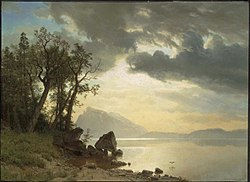A Very Rare Gemstone
- Cheryl Anne Stapp

- May 10, 2023
- 1 min read

This gemstone—rarer than diamonds—is only found in San Benito County, California. Sometimes called the “blue diamond,” Benitoite (pronounced beh-nee-tow-ite) has the rarest form of crystal structure in the world. Properly cut and faceted, its light dispersion—what we call a gemstone’s internal fire—is greater than that of diamonds.
Its discovery is fairly recent. On February 22, 1907, a Coalinga farmer named James Couch, prospecting for quicksilver near the headwaters of the San Benito River, saw bright blue crystals sticking out from an eroded pocket of white rock near his camp. Thinking they might be sapphires, Couch collected a quantity of the blue crystals. Later that year, mineralogy professor George Louderback identified the samples as a new mineral species: barium titanium silicate. He named it Benitoite, after the river, the county, and the nearby mountain range.
Benitoite has never been found in quantity, or as crystals much larger than 5 cm (almost two inches), across. Its stubby, triangular or tubular shape is unique. It fluoresces a bright, deep-sky blue under ultraviolet light, and occurs in a wide range of colors including pinkish-purple, white, several shades of blue, and occasionally violet. The more rarely seen, clear-to-white Benitoite crystals, fluoresce red/pink under long-wave UV light. Although the mineral does occur at other sites, gem quality Benitoite is unique to San Benito County. Today, Benitoite’s rarity makes it one of the world’s most valuable gems, selling at between $6,500 and $8,500 per carat, depending on color, cut and clarity.
In 1985, Benitoite was designated as the official California State Gemstone.




Comments